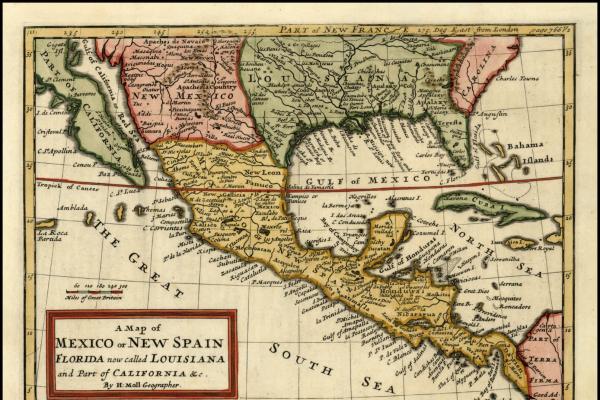Jun 12, 2019
My family walks a palimpsest, on translations and mistranslations of rivers, of people, of places, of faith. My family walks on unfinished words that have yet to be formed, stuck on molar, in mouths, being shaped by tongues that twist two into one. My family walks on places unfinished and already traversed.
Read the Full Article

Already a subscriber? Login
